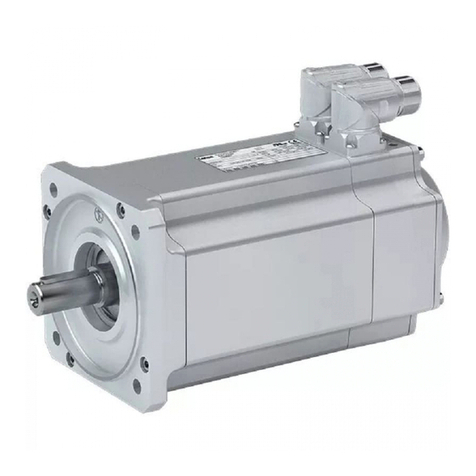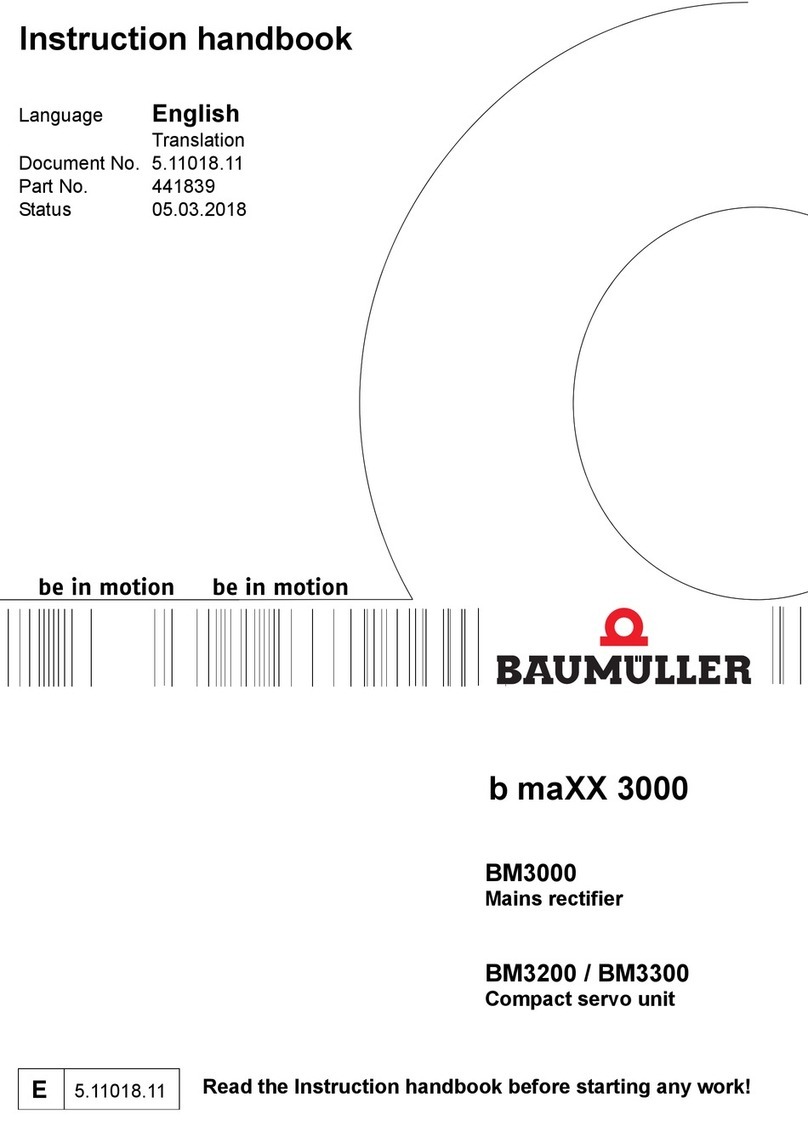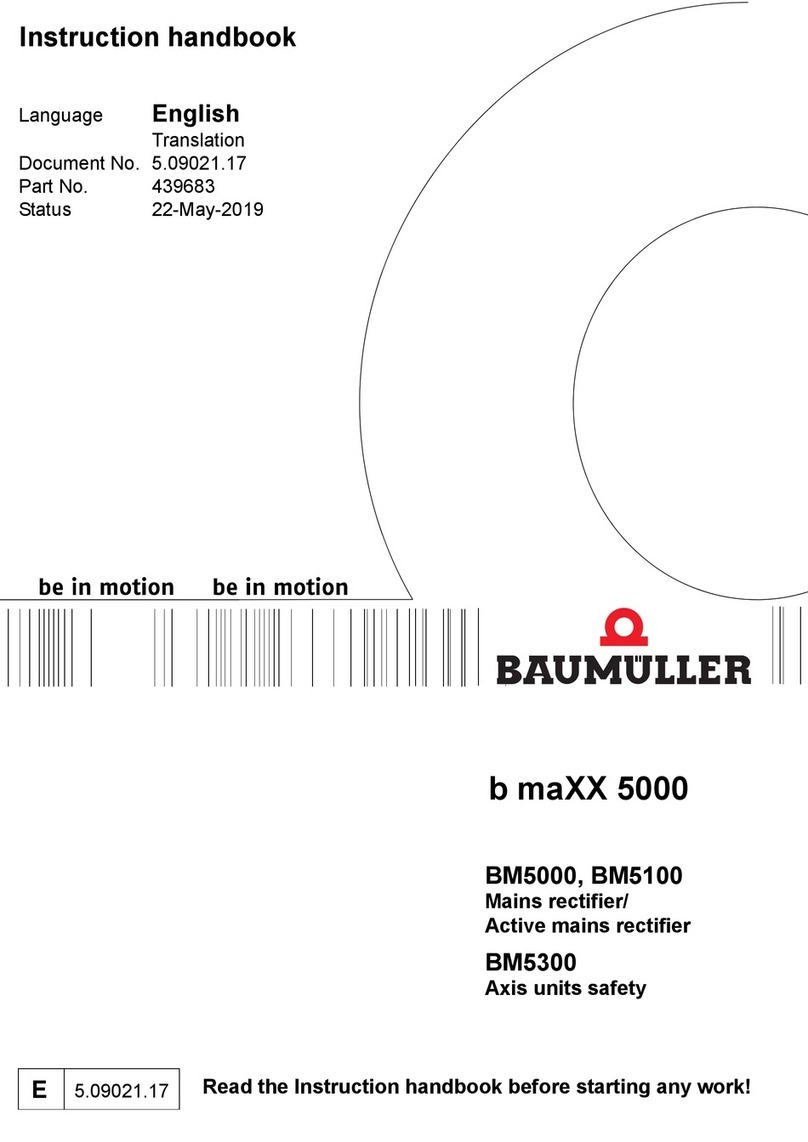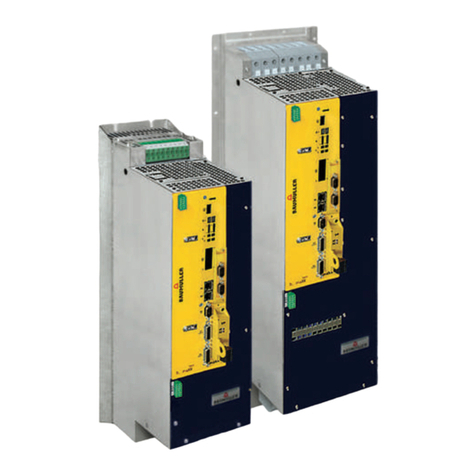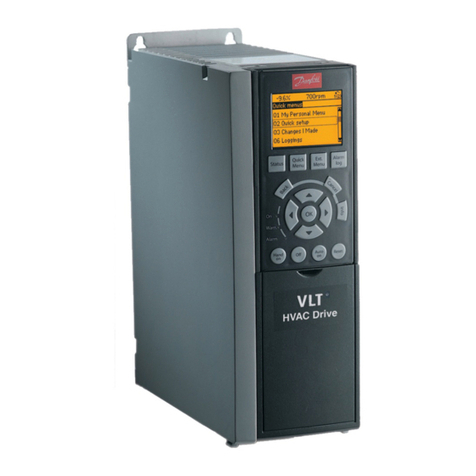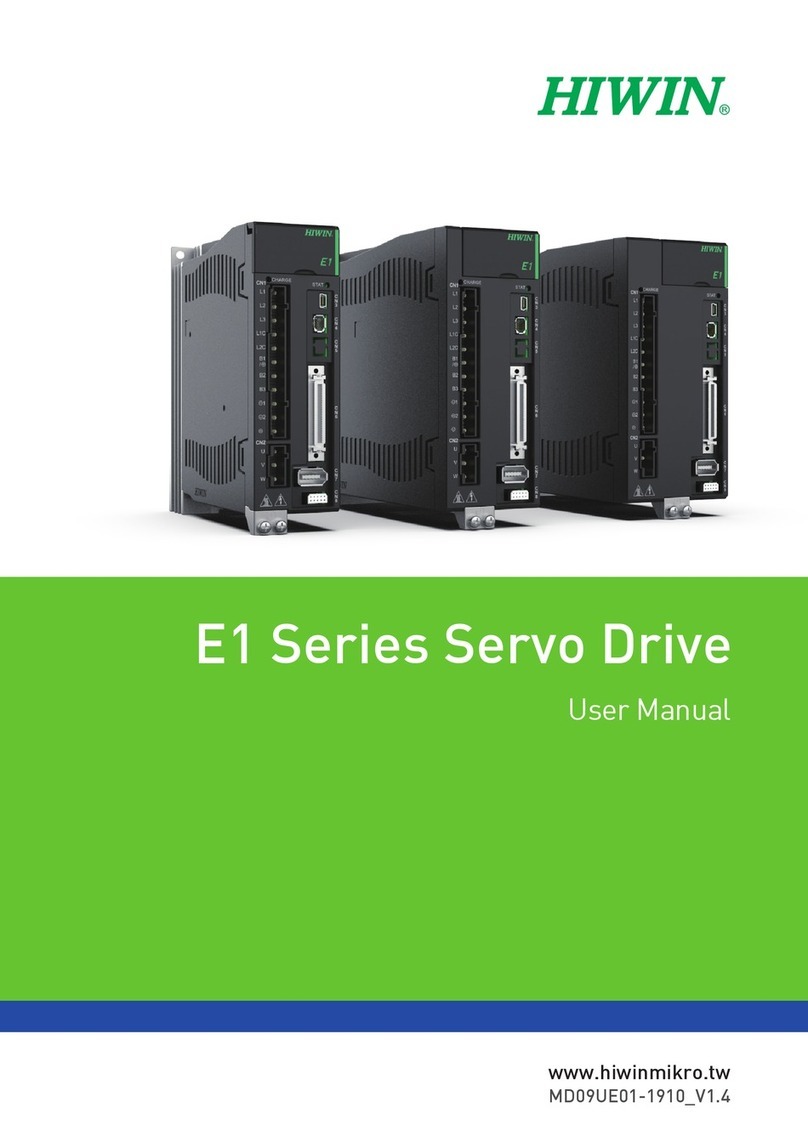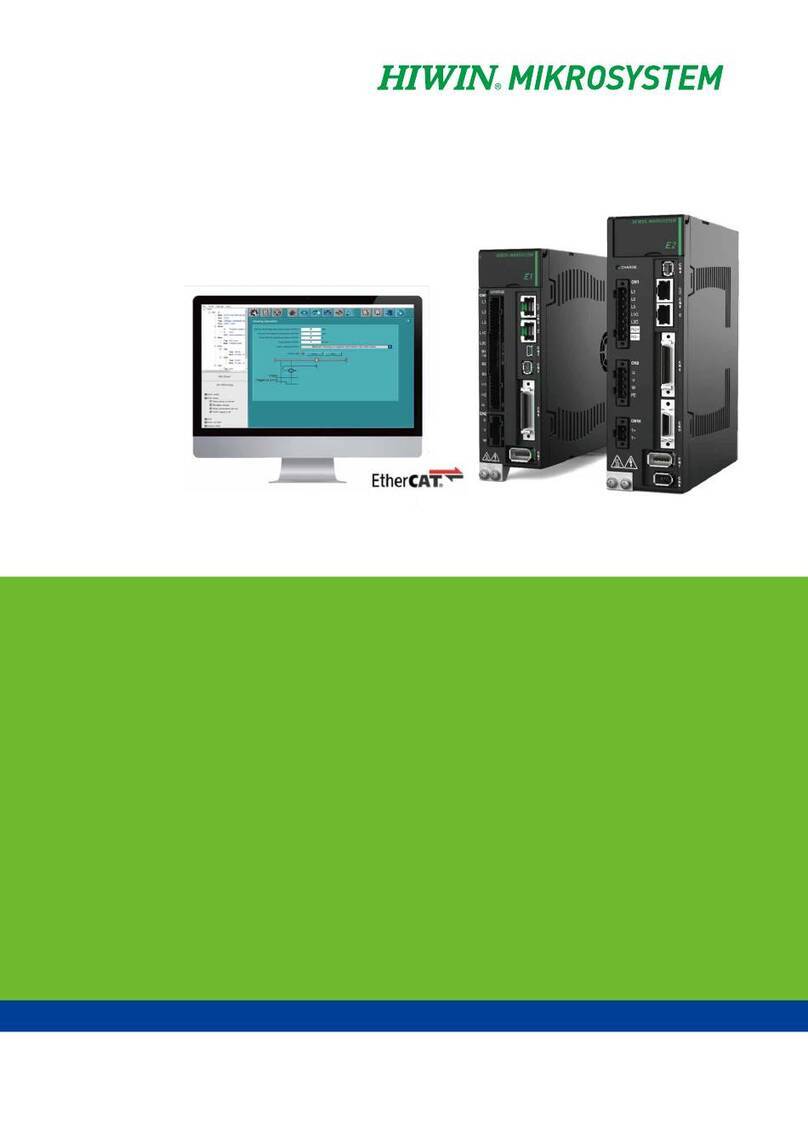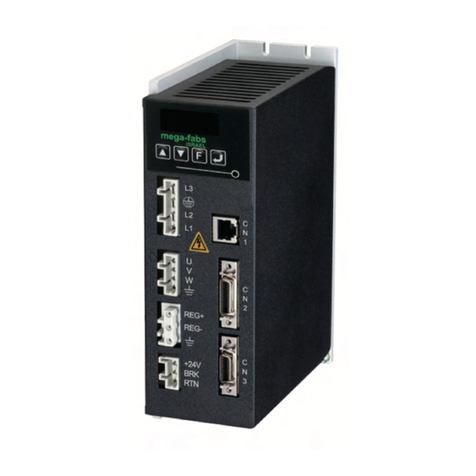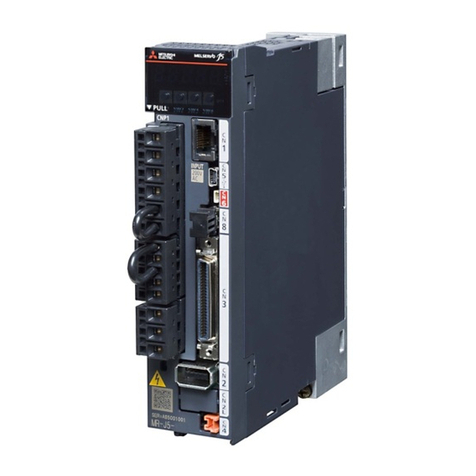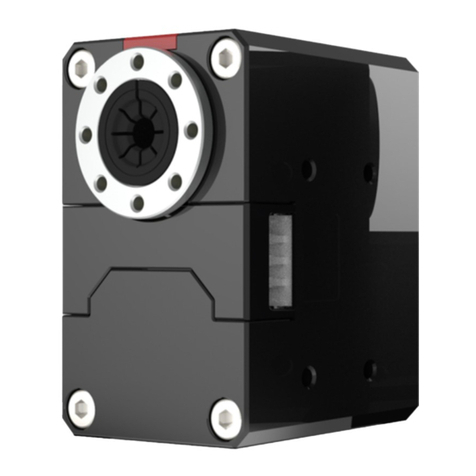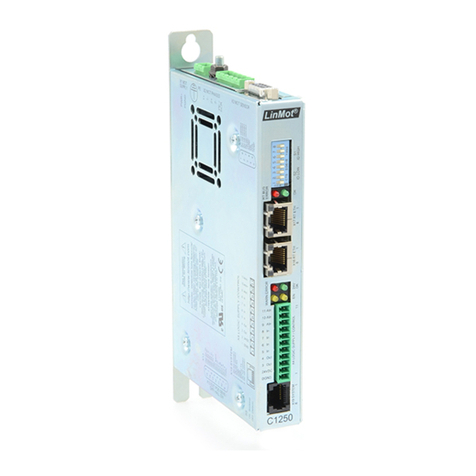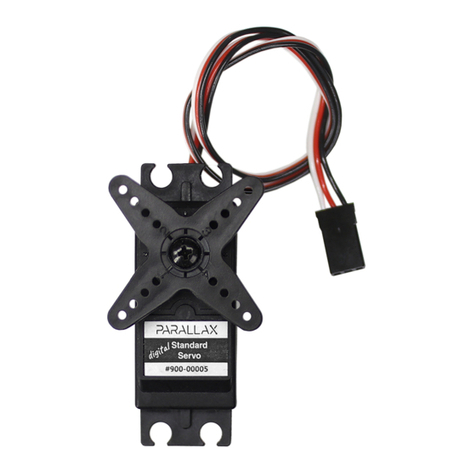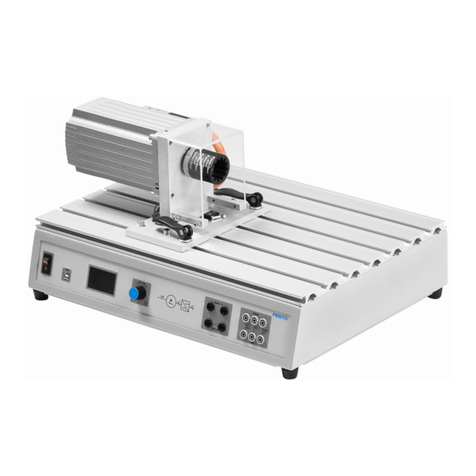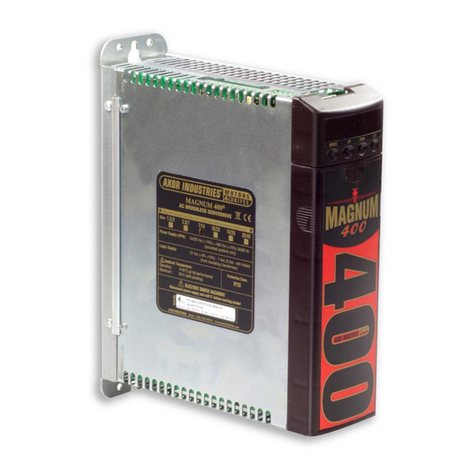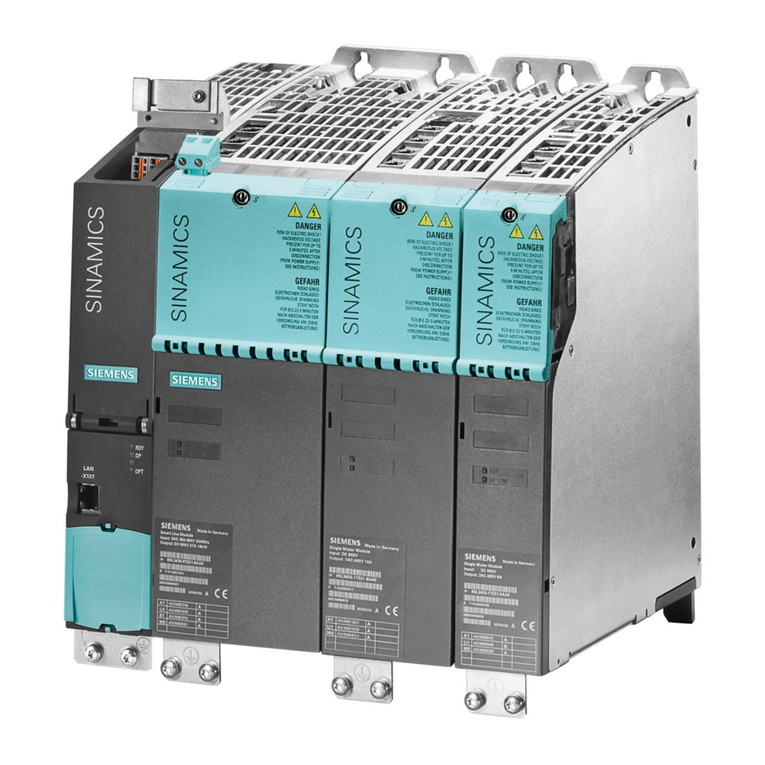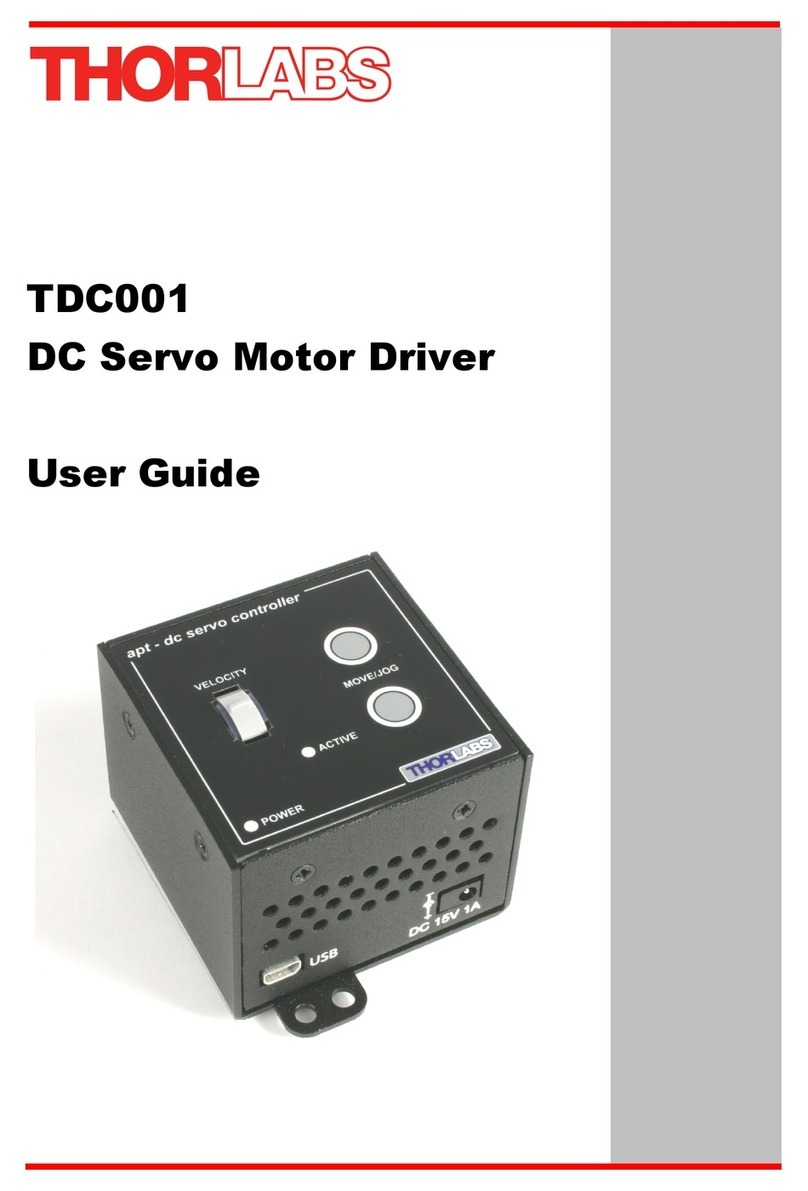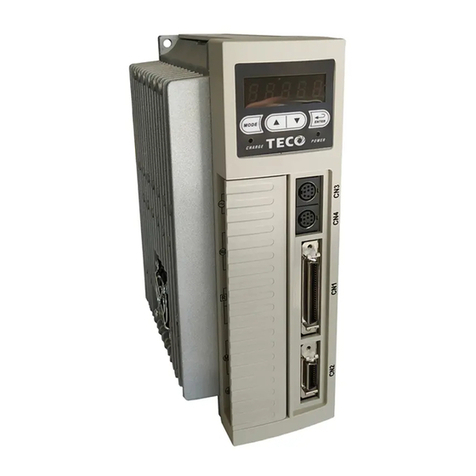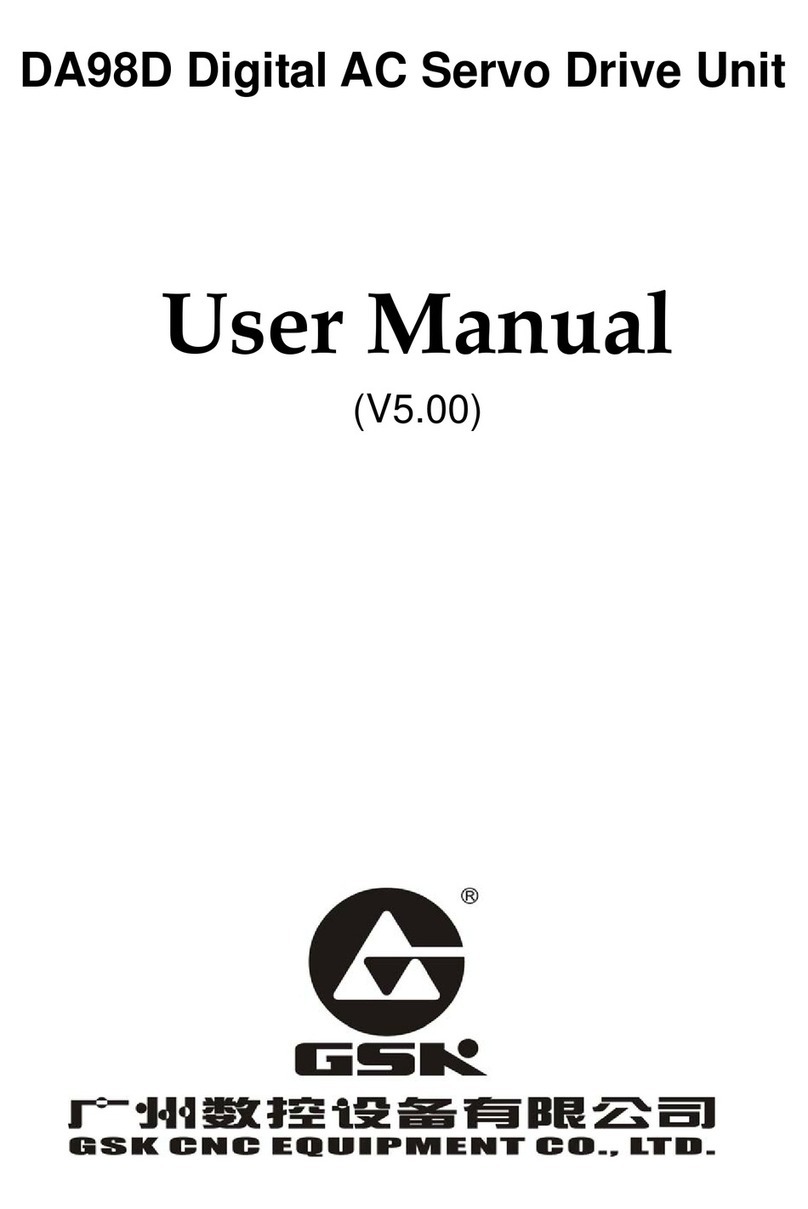
D1-N Series Servo Drive User Manual Table of Contents
5. Servo drive configuration ···········································································································5-1
5.1 Installation and communication·······························································································5-2
5.1.1 Installing Lightening ····································································································5-2
5.1.2 Communication setup ··································································································5-3
5.1.3 Main window··············································································································5-7
5.2 Configuration center·············································································································5-9
5.2.1 Setting parameters of motor························································································ 5-10
5.2.2 Setting parameters of encoder····················································································· 5-15
5.2.3 Setting Hall sensor···································································································· 5-24
5.2.4 Setting operation mode ······························································································ 5-25
5.2.5 Setting servo drive ···································································································· 5-27
5.2.6 Modbus communication setting···················································································· 5-29
5.2.7 Saving configuration·································································································· 5-30
5.3 Auto phase center ············································································································· 5-31
5.3.1 Inspection before auto phase initialization ······································································ 5-33
5.3.2 Operating procedures for auto phase initialization···························································· 5-34
5.3.3 Precautions for auto phase initialization ········································································· 5-38
5.4 I/O setting ························································································································ 5-39
5.4.1 Digital inputs············································································································ 5-39
5.4.2 Digital outputs ·········································································································· 5-47
5.5 Setting in-position signal ····································································································· 5-51
5.6 Homing ··························································································································· 5-54
5.7 Position trigger function ······································································································ 5-61
5.8 Save parameters to Flash and set to factory default ·································································· 5-64
5.8.1 Save parameters to Flash··························································································· 5-64
5.8.2 Set parameters to factory default·················································································· 5-64
5.9 Setting operation mode via Lightening···················································································· 5-66
5.9.1 Position mode ·········································································································· 5-66
5.9.2 Velocity mode ·········································································································· 5-68
5.9.3 Force/torque mode···································································································· 5-70
5.9.4 Stand-alone mode ···································································································· 5-71
6. Tuning ···································································································································6-1
6.1 Status display and Quick view ································································································6-2
6.1.1 Status display ············································································································6-2
6.1.2 Quick view ················································································································6-3
6.1.3 Function keys ············································································································6-4
6.2 Performance center ·············································································································6-4
6.3 Scope ·······························································································································6-7
6.4 Data collection ····················································································································6-9
6.4.1 Function description ····································································································6-9
6.4.2 Data collection via PDL program ·················································································· 6-11
6.5 Plot view·························································································································· 6-12
6.5.1 Display mode··········································································································· 6-12
6.5.2 Save and open file ···································································································· 6-17
6.5.3 Calculation functions ································································································· 6-18
6.6 Advanced gain tuning ········································································································· 6-20
6.6.1 Filter ······················································································································ 6-21
6.6.2 Acceleration feedforward ···························································································· 6-23
6.6.3 Schedule gains and velocity loop gain ··········································································· 6-25
6.6.4 Offset correction for analog input·················································································· 6-28
6.6.5 Current loop ············································································································ 6-29
6.6.6 Vibration suppression filter·························································································· 6-29
6.6.7 Friction compensation································································································ 6-33
6.7 Loop constructor ··············································································································· 6-34
6.7.1 Load/save file ·········································································································· 6-35
6.7.2 Tool ······················································································································· 6-37
6.7.3 Filter ······················································································································ 6-40
6.7.4 Gain tuning ············································································································· 6-42
6.7.5 Spectrum analysis ···································································································· 6-43
